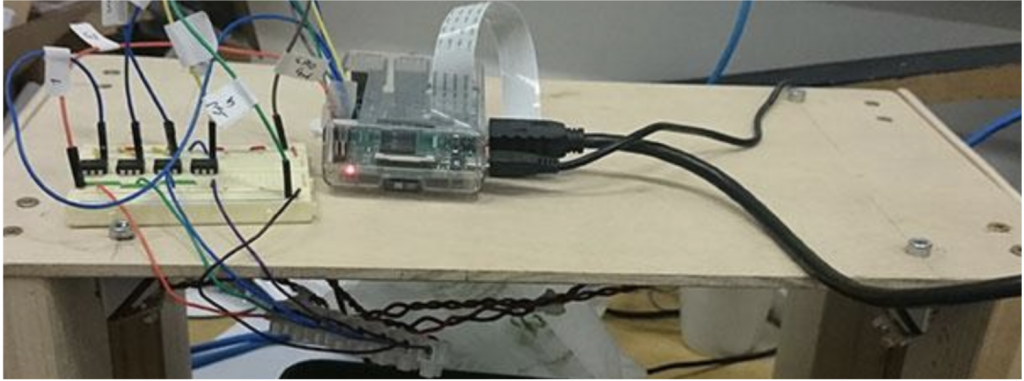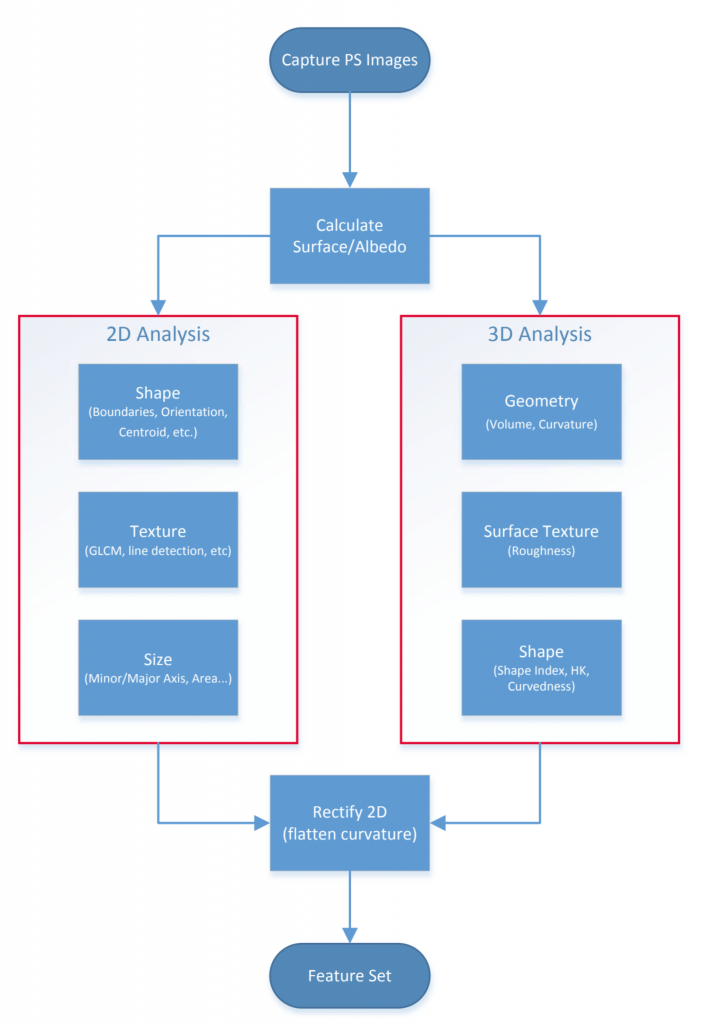This was an early feasibility study to assess the possibility of using an extremely low-cost photometric stereo rig to obtain useful and accurate measurements of plants, above and beyond those possible using traditional 2D imaging techniques.

Key Technologies
Python | Raspberry Pi | Electronics
How Did It Work?
The hardware was based around a Raspberry Pi 2 (RPi), with the NoIR camera being used to capture images. PS requires a minimum of three light sources to constrain the three degrees of freedom relating to a surface normal; however by incorporating additional light-sources, we can account for the likely situation whereby a pixel is covered by shadow from a particular orientation. As such, we use four 850nm nIR 5V LED clusters, which are triggered through the on-board GPIO connectors of the RPi.
This work was developed as a proof-of-concept and demonstrated at PhenoDays 2015, a plant phenomics conference in Freisling, Germany.
Having captured the PS images, we can isolate the surface shape from the albedo, and perform various analyses for the purpose of metrology, disease detection, etc.

Some basic examples of the sorts of measurements that can be taken include the shape index and curvedness metrics [1]:


[1] Koenderink, J. J. and van Doorn, A. J., “Surface shape and curvature scales,” Image and Vision Computing 10(8), 557{564 (1992).